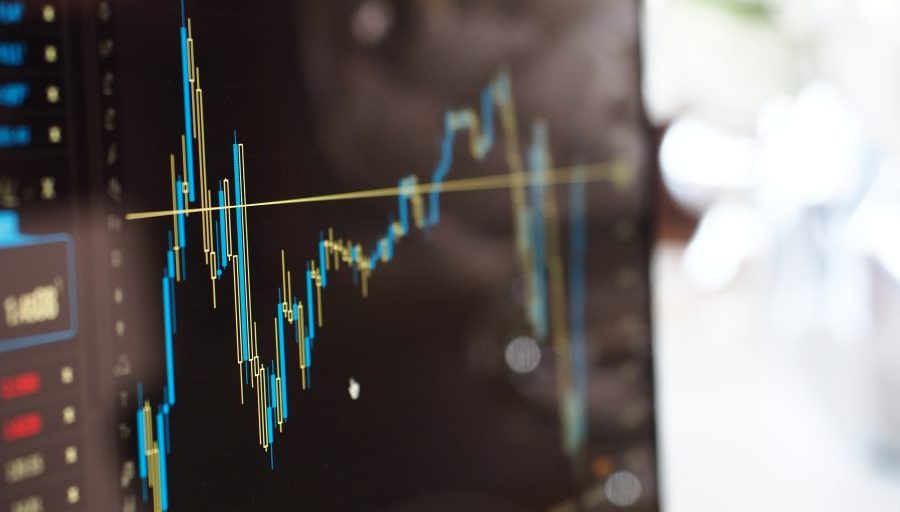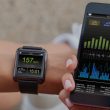How 2020 accelerated government reliance on new sources of economic-data analytics
The COVID-19 pandemic has caused many governments to struggle as they seek to balance critical public health concerns along with the needs of small businesses and the broader economy. At least part of that challenge can be traced back to governments’ historical reliance on traditional economic data, which has not provided enough information at the necessary speed for policymakers to respond nimbly to economic shocks. It’s been a wakeup call but also an opportunity for improvement.
For public officials, the last several months have underscored the significant benefits of implementing sources of spending trends, broad consumer behavior and more delivered more rapidly than traditional economic indicators/data. David Wilcox, who led the Federal Reserve’s research and statistics division from 2011 to 2018 and is now a senior fellow at the Peterson Institute for International Economics, told Bloomberg in September that new sources of data are proving to be “extremely valuable for a whole range of decision makers including monetary policy makers at the Federal Reserve,” and it’s “clearly the wave of the future.” Jerome Powell, Chairman of the Federal Open Market Committee, said in a July press conference, “What we think of as non-standard, high-frequency data has become a very important thing.”
Understanding different types of economic trends data
- Traditional data: A type of structured data that is stored in a fixed format and gathered and released annually, quarterly, monthly, etc. Examples include publicly filed corporate documents and government collected statistics.
- New data sources: A type of data that comes in large, aggregated, user-permissioned and de-identified sets. It is often updated frequently, or in real-time, and therefore also known as high-frequency data. Examples include real-time measurements of traffic congestion, restaurant reservations, and credit card spending.
The value of providing a real-time assessment
The COVID-19 pandemic has exposed the need for policymakers to embrace new data analytics sources that help quickly assess and analyze areas critical to their constituents such as healthcare, public safety, education, jobs and the economy. Understandably, some governments may be hesitant to utilize new sources of user-permissioned data due to a lack of historical data for comparison, the reliability of readings or the potential for unauthorized access. But traditional data simply doesn’t provide sufficient timeliness, breadth or diversity of coverage or economic insight in the face of such unprecedented volatility and uncertainty.
To read the complete article, visit American City & County.

















